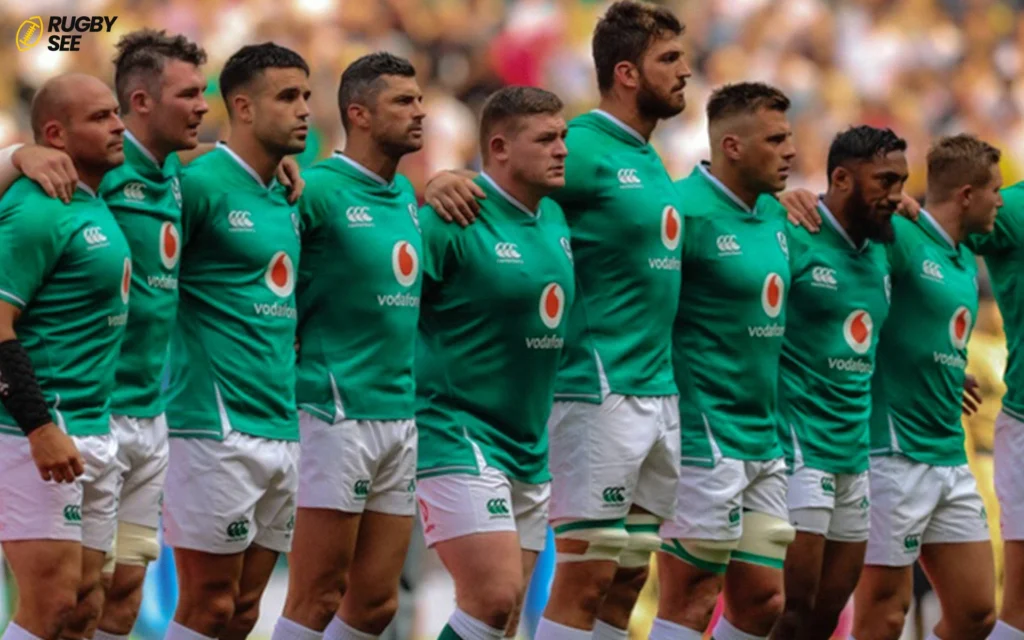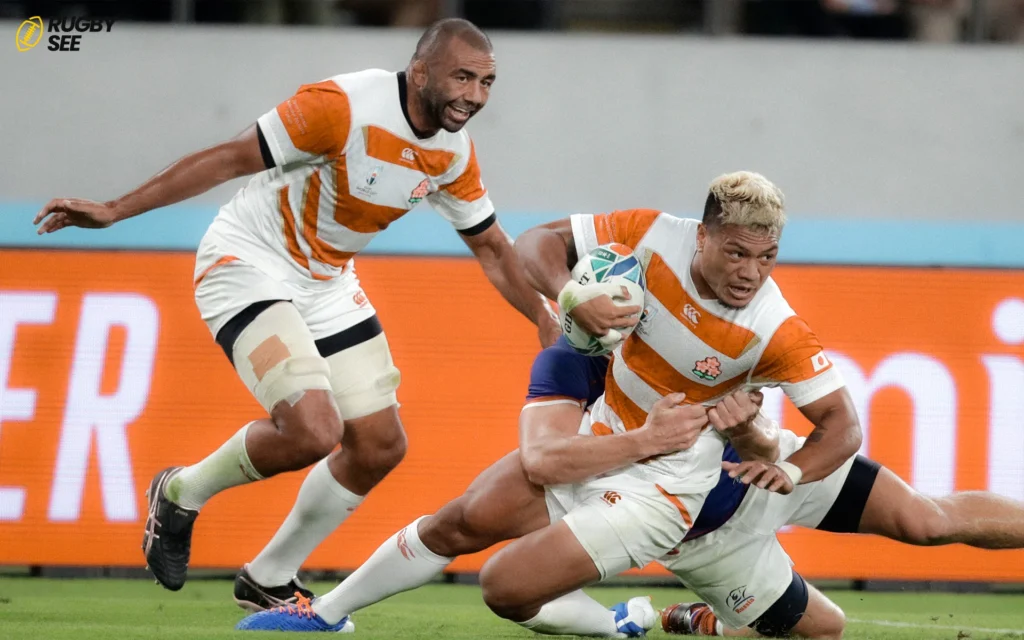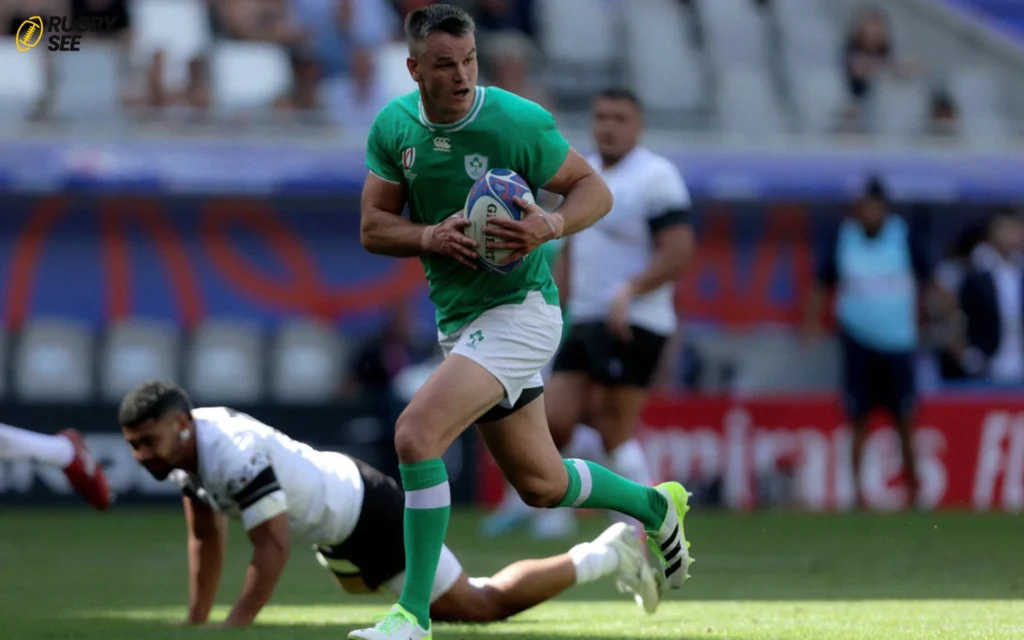Rugby, a sport revered for its physicality, teamwork, and dynamic play, enjoys widespread popularity across the globe. From the hallowed grounds of Twickenham in England to the fervent fan base in New Zealand, rugby has a rich history and a dedicated following. However, in America, the land known for its sports fanaticism, rugby has struggled to secure a foothold in the mainstream sports landscape. This article delves into the reasons behind rugby’s relatively low profile in the United States.
The Shadow of American Football
The most significant factor in rugby’s struggle for popularity in the U.S. is the dominance of American football. Both sports share historical roots and have many similarities in terms of physicality and team dynamics. However, American football, with its strategic depth, specialized roles, and commercial appeal, has captured the American spirit and economy in ways rugby has yet to achieve. The National Football League (NFL) is a behemoth in the American sports industry, commanding massive television contracts, advertising revenue, and fan engagement, leaving little room for rugby to shine.
Cultural and Historical Factors
Rugby’s late introduction to the American sports scene is another hurdle to its popularity. Unlike countries such as England, Australia, and South Africa, where rugby is interwoven with national identity and history, rugby in the United States has a much shorter history and lacks the cultural significance seen in these nations. American sports culture has been built around baseball, basketball, football, and hockey, which have deep historical roots and are ingrained in the American psyche from a young age.

Lack of Professional Infrastructure
Until recently, the United States lacked a professional rugby league that could compete with the likes of the NFL, NBA, and MLB in terms of visibility and investment. This absence of a professional structure meant fewer opportunities for young athletes to pursue rugby as a career, less media coverage, and a smaller fan base. Though Major League Rugby (MLR) was established in 2018, it is still in its infancy and faces the colossal task of building a following and securing financial stability in a crowded sports market.
The Collegiate Sports System
The American collegiate sports system, particularly the NCAA, plays a pivotal role in developing athletes and sports popularity. Sports like football and basketball thrive at the college level, providing a pathway to professional leagues and capturing the loyalty of fans across the country. Rugby, on the other hand, has not had the same level of inclusion in the collegiate sports system, limiting its visibility and the development of young talent.
Media Coverage and Public Awareness
Media coverage is crucial for the growth of any sport, and rugby suffers from a significant lack of exposure in mainstream American media. Without consistent television broadcasts, sponsorships, and marketing campaigns, rugby struggles to reach potential fans and build a wider audience. This lack of exposure results in low public awareness and understanding of the sport, further hindering its growth and if you want to know about Skinny Rugby players read Can I Play Rugby If I’m Skinny? A Comprehensive Guide.
Education and Grassroots Development
For a sport to grow, it must be nurtured from the grassroots level. In countries where rugby is popular, children are introduced to the sport at a young age, both in schools and through local clubs. In the U.S., rugby education and participation at the youth level are limited compared to other sports. This lack of early engagement means fewer players, coaches, and referees develop a passion for the game, slowing the sport’s growth at the community level.
The Psychological Benefits of Music for Sleep
Beyond the physiological impact, music’s psychological benefits play a critical role in its effectiveness as a sleep aid. Listening to music can be a meditative practice, helping to clear the mind of the day’s stresses and anxieties. For many, music acts as a signal that it’s time to wind down and prepare for sleep, reinforcing healthy sleep hygiene.

Music and Mental Health
The link between music, sleep, and mental health is undeniable. Poor sleep can exacerbate mental health issues, while stress and anxiety can interfere with sleep. Music, with its soothing properties, creates a therapeutic bridge, offering relief from mental health strains by promoting better sleep patterns.
Tailoring Music to Your Sleep Needs
Personalization is key in utilizing music as a sleep aid. What soothes one person into slumber may energize another. It’s important to experiment with different types of music to discover what best induces sleep for you. Consider factors such as rhythm, melody, and even the key in which the music is played. Some studies suggest that music in a major key might be perceived as happier, potentially influencing the ease with which one falls asleep.
Advanced Tools and Technologies
Advancements in technology have made personalized music therapy more accessible. Apps and devices now offer curated playlists, binaural beats, and even AI-generated compositions tailored to induce sleep. These tools can analyze your sleep patterns and adjust the music’s tempo and volume in real-time, enhancing its effectiveness as a sleep aid.
The Role of Smart Speakers and Apps
Smart speakers and smartphone apps are revolutionizing the way we integrate music into our sleep routines. With voice commands, you can start a sleep playlist without needing to look at a bright screen, which can disrupt your circadian rhythm. Many apps also feature sleep timers and gradually reduce volume to prevent sudden silences from waking you.

Combining Music with Other Sleep Practices
For the best results, combine music with other proven sleep hygiene practices. These include:
- Maintaining a consistent sleep schedule: Go to bed and wake up at the same time every day, even on weekends.
- Creating a restful environment: Ensure your bedroom is cool, dark, and quiet. Consider using blackout curtains and white noise machines in addition to music.
- Limiting screen time before bed: The blue light from screens can interfere with your ability to fall asleep. Try reading a book or practicing meditation instead.
- Avoiding stimulants: Cut down on caffeine and nicotine, particularly in the hours leading up to bedtime.
The Future of Music and Sleep Research
As interest in the intersection of music and sleep grows, ongoing research continues to shed light on how best to harness this relationship for health and wellness. Future studies may explore the specific elements of music that are most beneficial for sleep, such as tempo, instrument choice, and composition structure. There’s also growing interest in how personalized music therapy can be integrated into broader treatment plans for insomnia and other sleep disorders and if you want to know about Rugby in 2014 Olympics read Will It Feature in the 2024 Olympics.
Despite these challenges, there is a growing interest in rugby in the United States. The success of the U.S. national teams, increased participation at the youth and collegiate levels, and the establishment of Major League Rugby are positive signs for the sport’s future. For rugby to increase its popularity in America, it will require strategic efforts to enhance media coverage, strengthen the professional and collegiate systems, and invest in grassroots development. By addressing these areas, rugby has the potential to carve out its niche in the American sports landscape, appealing to fans with its unique blend of physicality, camaraderie, and international competition.
The journey of rugby in America is far from over. With dedicated efforts from governing bodies, clubs, and the rugby community, the sport has the opportunity to grow, captivating new audiences and fostering a vibrant rugby culture in the United States. As rugby continues to evolve and adapt, it may one day stand shoulder to shoulder with the nation’s beloved sports, offering American fans another thrilling arena of athletic prowess and team spirit.










